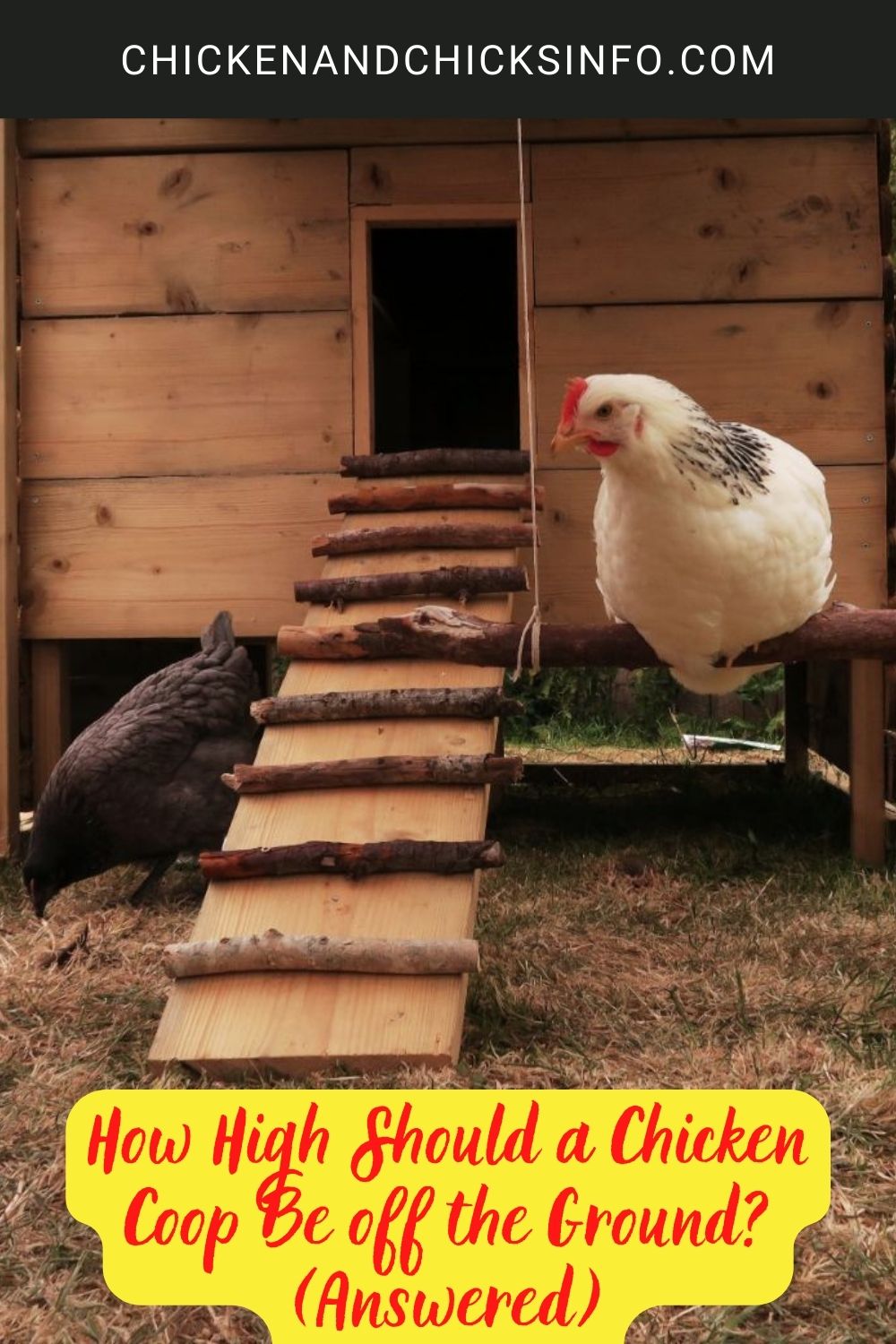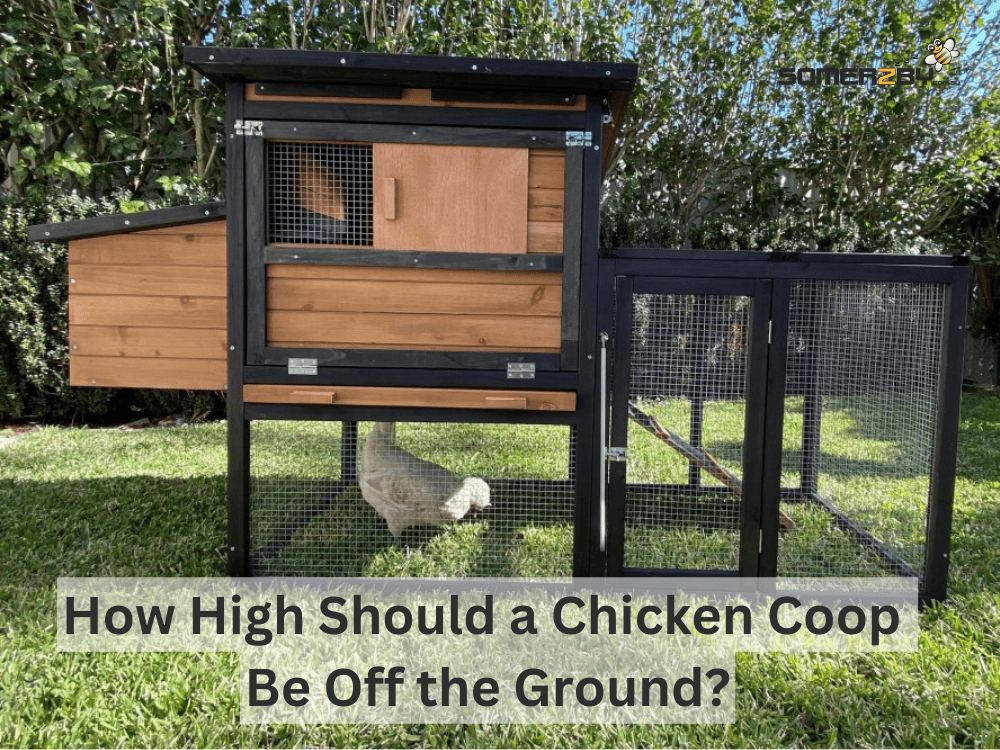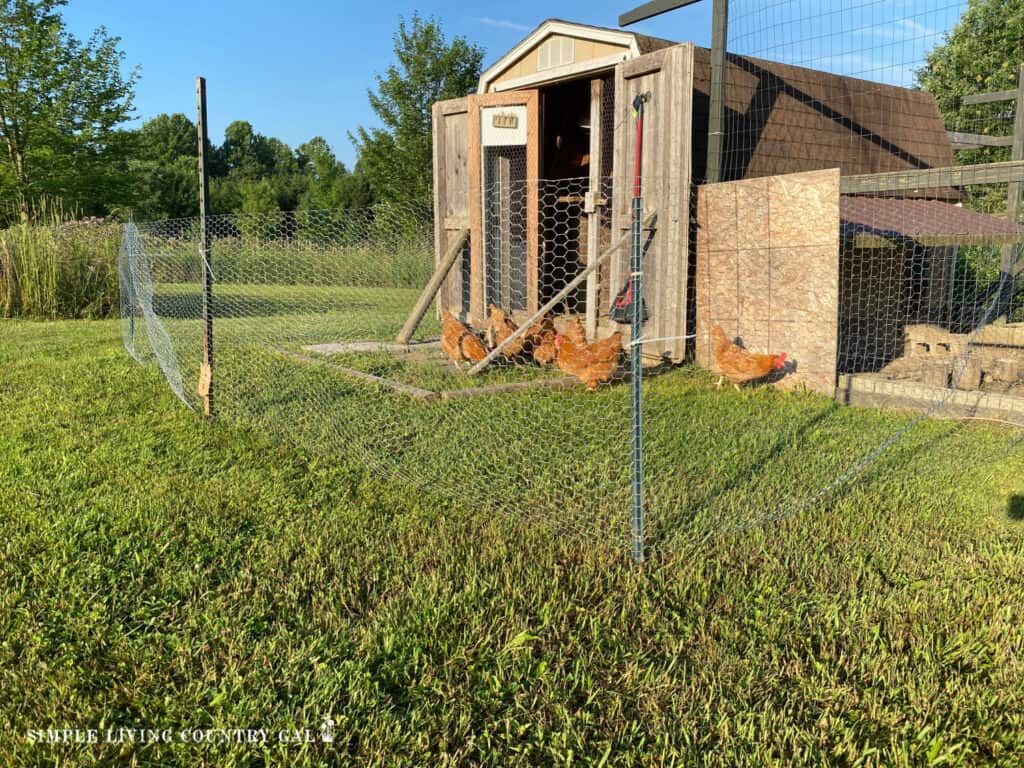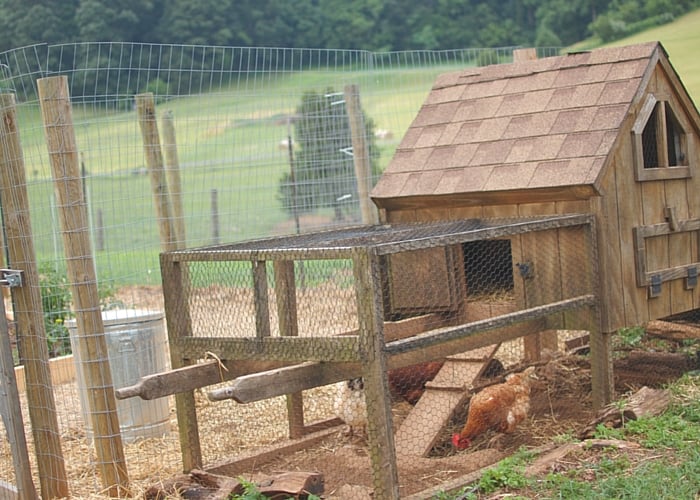How High Should A Chicken Run Be
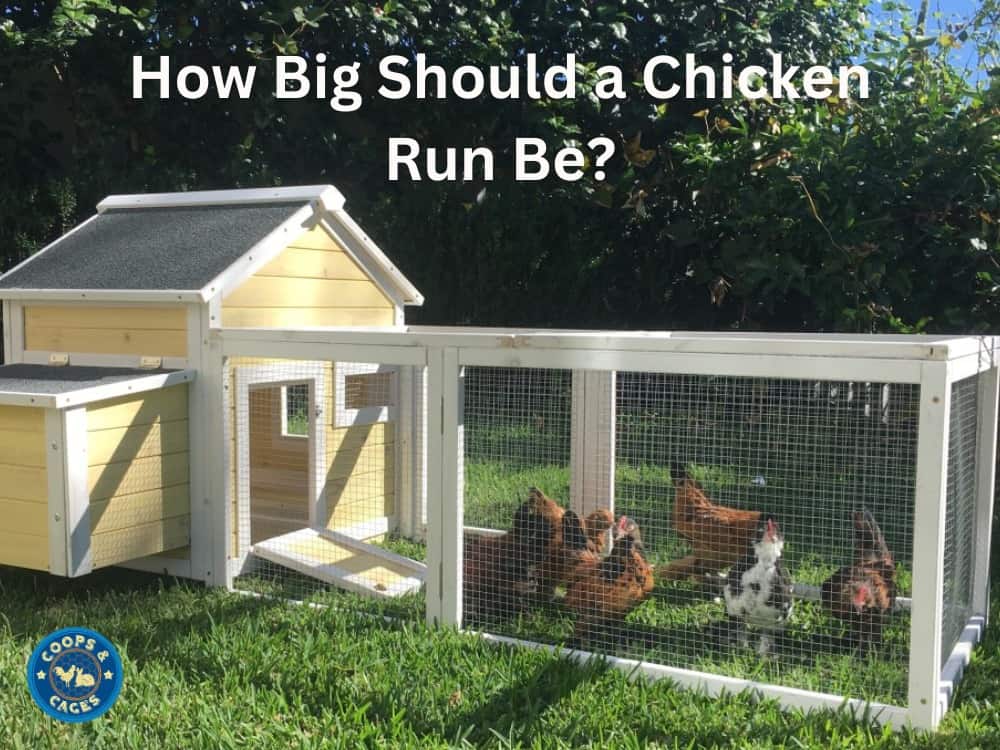
For backyard chicken keepers, the idyllic image of happy hens pecking and scratching in a spacious run is often tempered by a practical concern: How high should that run actually be? This seemingly simple question has sparked debate among poultry enthusiasts, with considerations ranging from avian safety and predator deterrence to personal convenience and aesthetic appeal.
The height of a chicken run, while seemingly trivial, directly impacts the health, safety, and overall well-being of the flock. Getting it right is crucial for responsible poultry ownership, and a poorly designed run can lead to escapes, predator attacks, or even injuries to the chickens themselves.
Defining the Ideal Height: A Multifaceted Approach
The optimal height of a chicken run isn’t a one-size-fits-all answer. Several factors influence the decision, including the breed of chicken, the local predator pressure, the keeper's personal preferences, and local regulations.
Breed Considerations: Flight Potential
Different chicken breeds possess varying degrees of flight ability. Heavier breeds like the Jersey Giant or Orpington are less likely to attempt significant flight, while lighter, more agile breeds like the Leghorn or certain bantams might easily clear a low fence.
For heavier breeds, a run that's at least 4 feet high may suffice. But for breeds with stronger flight potential, a height of 6 feet or more is generally recommended to discourage escape attempts. This extra height also provides a greater sense of security for the birds, reducing stress.
Predator Deterrence: Keeping Threats Out
Protecting chickens from predators is a primary concern for any backyard keeper. Foxes, raccoons, hawks, and even domestic dogs can pose a threat to unprotected flocks.
A taller run makes it more difficult for predators to jump over the enclosure. Experts at the USDA suggest ensuring that fences extend at least a foot underground to prevent digging predators from entering.
Furthermore, covering the top of the run with netting or wire mesh is essential to deter aerial predators like hawks and owls. This also prevents chickens from flying out.
Human Convenience and Maintenance
The height of the run also affects the keeper's ability to access and maintain the space. A low run may require stooping or crawling to clean, feed, and check on the chickens, which can be uncomfortable and inconvenient.
A run that is tall enough for an adult to stand upright makes cleaning and maintenance much easier. Many chicken keepers opt for a run that is at least 6 feet high to allow for comfortable access and movement.
Local Regulations and Aesthetics
Before building a chicken run, it's important to check local ordinances and regulations regarding backyard poultry. Some municipalities may have restrictions on the height and location of animal enclosures.
Additionally, some keepers may have aesthetic preferences for the appearance of their chicken run. A taller run may be more visually appealing in certain settings, while a lower run may be less obtrusive.
Practical Examples and Expert Opinions
Sarah Miller, a seasoned poultry farmer in rural Pennsylvania, emphasizes the importance of tailoring the run to the specific needs of the flock and the local environment. "I've learned the hard way that a little extra height can make a big difference in keeping my chickens safe and secure," she says.
She recommends observing the chickens' behavior to assess their flight potential and adjusting the run height accordingly. Miller also stresses the importance of regular inspections and maintenance to ensure that the run remains secure and predator-proof.
Another expert, Dr. Emily Carter, a veterinarian specializing in avian health, points out that a taller run can also provide more space for the chickens to exercise and engage in natural behaviors, such as flying and perching. "Adequate space is essential for the physical and mental well-being of chickens," she explains.
The Significance of Secure Enclosures
Building a chicken run that is high enough is critical to protecting the health, safety, and welfare of the flock. It can prevent escapes, deter predators, and provide a comfortable and enriching environment for the birds.
By carefully considering the factors discussed, backyard chicken keepers can make informed decisions about the height of their chicken runs and create a safe and secure haven for their feathered friends.
Ultimately, the decision of how high to build a chicken run is a personal one, depending on individual needs and circumstances. However, by understanding the factors involved and prioritizing the well-being of the chickens, keepers can create a space that is both functional and aesthetically pleasing. And secure.







